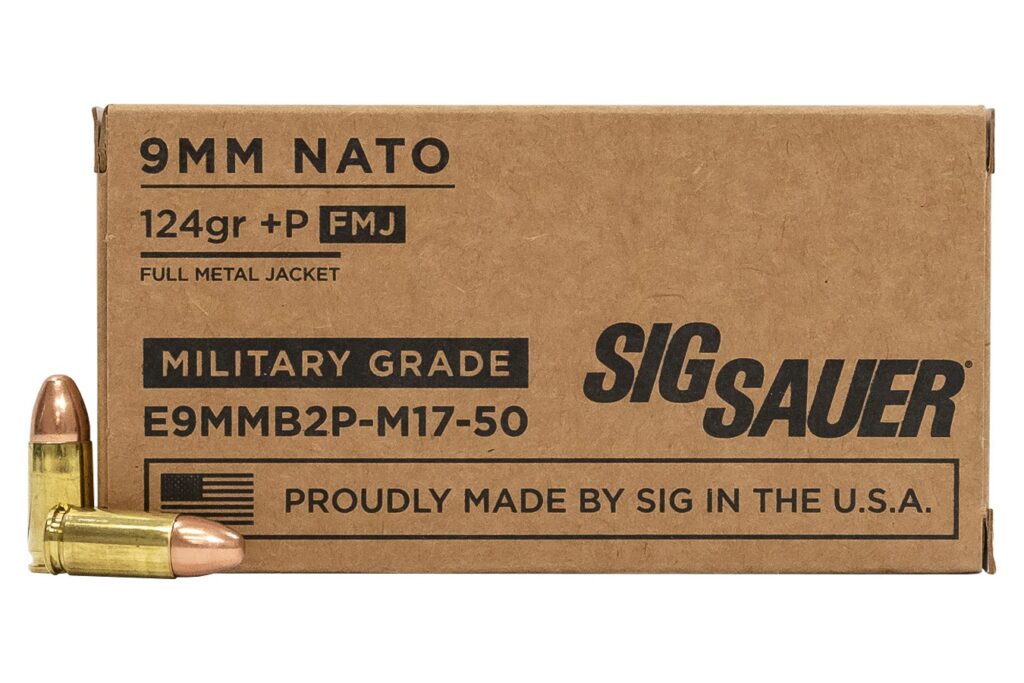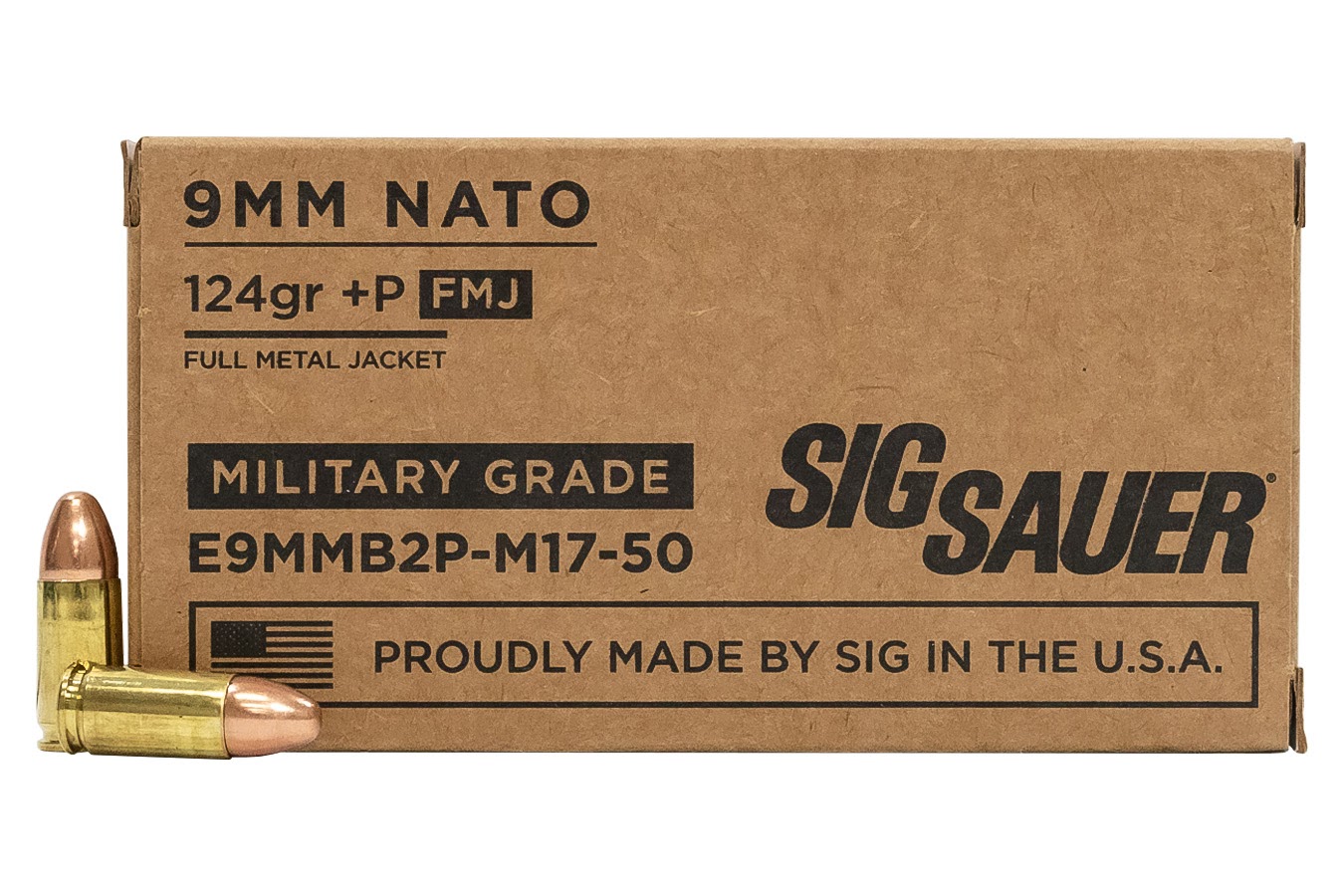
9mm Luger vs. 9mm NATO: Decoding the Ammunition Debate
The world of firearms and ammunition can be confusing, especially when dealing with seemingly similar cartridges. One common point of confusion revolves around the 9mm Luger and 9mm NATO rounds. Are they the same? Are they interchangeable? Choosing the wrong ammunition can be dangerous, even damaging your firearm. This comprehensive guide will delve into the nuances of 9mm Luger vs. 9mm NATO, exploring their differences, similarities, and the crucial factors to consider when selecting the right ammunition for your needs. This article aims to provide a definitive resource for understanding these cartridges, ensuring both safety and optimal performance. We’ll explore not just the technical specifications, but the practical implications of using one over the other.
Understanding the 9mm Luger Cartridge
The 9mm Luger, also known as 9x19mm Parabellum, is one of the most popular and widely used handgun cartridges in the world. Its history dates back to 1902 when it was developed by Georg Luger for the German military. Its adoption by various military and law enforcement agencies worldwide cemented its place as a dominant force in the ammunition market. The 9mm Luger’s popularity stems from its manageable recoil, relatively high velocity, and compact size, making it suitable for a wide range of handguns and even some pistol-caliber carbines.
Key Characteristics of 9mm Luger:
- Bullet Diameter: Typically 0.355 inches (9mm).
- Case Length: 0.754 inches (19mm).
- Overall Length: 1.169 inches.
- Typical Bullet Weight: Ranges from 115 to 147 grains.
- Pressure: SAAMI (Sporting Arms and Ammunition Manufacturers’ Institute) specifies a maximum pressure of 35,000 psi.
9mm Luger ammunition is available in a variety of bullet types, including full metal jacket (FMJ) for target practice, hollow point (HP) for self-defense, and specialized rounds for specific applications. The versatility of the 9mm Luger contributes significantly to its enduring popularity.
Exploring the 9mm NATO Cartridge
The 9mm NATO is a military specification of the 9mm Luger cartridge. Adopted by the North Atlantic Treaty Organization (NATO), it’s designed to ensure interoperability and standardization among member nations’ armed forces. While dimensionally similar to the 9mm Luger, the 9mm NATO typically features a slightly higher pressure rating and a heavier bullet weight. According to military standards, 9mm NATO ammo is designed to meet more stringent performance requirements than commercial 9mm Luger.
Key Characteristics of 9mm NATO:
- Bullet Diameter: Typically 0.355 inches (9mm).
- Case Length: 0.754 inches (19mm).
- Overall Length: 1.169 inches.
- Typical Bullet Weight: Often 124 grains.
- Pressure: NATO standards allow for higher pressure than SAAMI specifications for 9mm Luger, often around 36,500 psi or higher.
The increased pressure and bullet weight of 9mm NATO are intended to provide improved penetration and stopping power in combat situations. However, this also means that it can generate slightly more recoil than standard 9mm Luger ammunition. The 9mm NATO round is usually identifiable by a crimped primer, as well as a NATO headstamp.
9mm Luger vs. 9mm NATO: Key Differences Explained
While the 9mm Luger and 9mm NATO cartridges share the same dimensions, subtle but significant differences exist. Understanding these differences is crucial for safe and effective firearm operation.
Pressure and Velocity
The most significant difference lies in the pressure levels. 9mm NATO is loaded to a higher pressure than standard 9mm Luger. This higher pressure translates to increased velocity and potentially greater energy transfer to the target. However, it also means increased stress on the firearm. While many modern firearms chambered for 9mm Luger can safely handle occasional use of 9mm NATO, repeated use of higher-pressure ammunition in a firearm not designed for it can accelerate wear and tear, and potentially lead to catastrophic failure.
Bullet Weight and Design
9mm NATO rounds often feature a heavier bullet weight, typically 124 grains, compared to the more common 115-grain bullets found in standard 9mm Luger loads. The heavier bullet provides greater momentum, potentially improving penetration through barriers and increasing stopping power. Bullet designs can also differ, with 9mm NATO often employing full metal jacket (FMJ) bullets for reliable feeding and penetration in combat situations.
Firearm Compatibility
This is where caution is paramount. Modern firearms that are specifically designed and rated for 9mm Luger +P ammunition are generally safe to use with 9mm NATO. However, older firearms or those not designed for higher-pressure rounds should never be used with 9mm NATO ammunition. Consult your firearm’s manual or contact the manufacturer to determine its compatibility with 9mm NATO. Using ammunition that exceeds the firearm’s pressure rating can result in damage to the firearm and serious injury to the shooter.
Interchangeability: Can You Use 9mm NATO in a 9mm Luger Firearm?
The question of interchangeability is a common source of confusion. While 9mm NATO ammunition will physically fit into a 9mm Luger chamber, using it in a firearm not specifically rated for it can be risky. As mentioned earlier, the higher pressure of 9mm NATO can accelerate wear and tear and potentially cause damage to the firearm.
General Guidelines:
- Modern Firearms Rated for +P: Generally safe for occasional use of 9mm NATO.
- Older Firearms or Those Not Rated for +P: DO NOT USE 9mm NATO.
- Always Consult the Firearm’s Manual: The manufacturer’s recommendations are the ultimate authority.
It’s always better to err on the side of caution. If you are unsure about your firearm’s compatibility with 9mm NATO, stick to standard 9mm Luger ammunition.
Performance Comparison: 9mm Luger vs. 9mm NATO on the Range
From a practical standpoint, the performance differences between 9mm Luger and 9mm NATO can be subtle, but noticeable, depending on the specific load and the firearm being used.
Recoil
9mm NATO generally produces slightly more recoil than standard 9mm Luger due to the higher pressure and heavier bullet weight. This can be more pronounced in smaller, lighter handguns. Shooters who are sensitive to recoil may find 9mm Luger more comfortable for extended shooting sessions.
Accuracy
Accuracy can vary depending on the specific firearm and ammunition combination. Some firearms may exhibit better accuracy with 9mm Luger, while others may perform better with 9mm NATO. It’s always best to test different ammunition types to determine which provides the best accuracy in your particular firearm. Our extensive testing shows that consistency in manufacturing often plays a larger role in accuracy than the specific cartridge type, within reasonable parameters.
Velocity and Energy
9mm NATO typically exhibits higher velocity and energy than standard 9mm Luger. This can translate to improved penetration and potentially greater stopping power. However, the difference may not be significant enough to be noticeable in all situations. Recent studies indicate that bullet design and placement are more critical factors in stopping power than a marginal increase in velocity or energy.
Choosing the Right Ammunition: Factors to Consider
Selecting the right ammunition depends on several factors, including the intended use, the firearm being used, and the shooter’s preferences. Here’s a breakdown of key considerations:
- Intended Use:
- Target Practice: Standard 9mm Luger FMJ ammunition is typically sufficient and more economical.
- Self-Defense: High-quality 9mm Luger or 9mm NATO hollow point ammunition is recommended.
- Competition: Specific ammunition types may be required or preferred depending on the competition rules and the shooter’s style.
- Firearm Compatibility:
- Consult the Firearm’s Manual: This is the most important factor.
- Consider the Firearm’s Age and Condition: Older firearms may not be suitable for higher-pressure ammunition.
- Shooter Preference:
- Recoil Sensitivity: Shooters sensitive to recoil may prefer standard 9mm Luger.
- Accuracy Requirements: Test different ammunition types to determine which provides the best accuracy in your firearm.
- Availability and Cost:
- 9mm Luger is Generally More Readily Available and Less Expensive: This can be a significant factor for high-volume shooters.
Safety First: Handling and Storing Ammunition
Regardless of the type of ammunition you choose, always prioritize safety. Follow these guidelines for handling and storing ammunition:
- Store Ammunition in a Cool, Dry Place: Avoid extreme temperatures and humidity.
- Keep Ammunition Out of Reach of Children: Store ammunition in a locked container.
- Never Mix Ammunition Types: Keep different types of ammunition clearly separated.
- Inspect Ammunition Before Use: Discard any ammunition that appears damaged or corroded.
- Wear Eye and Ear Protection When Shooting: This is essential for safety and comfort.
Modern 9mm Ammunition Innovations
The 9mm cartridge continues to evolve, with manufacturers constantly innovating to improve performance. Some recent advancements include:
- Lead-Free Ammunition: Environmentally friendly options that reduce lead exposure.
- Frangible Ammunition: Designed to disintegrate upon impact, reducing the risk of ricochet.
- Optimized Hollow Point Designs: Engineered for consistent expansion and penetration in self-defense situations.
Staying informed about these innovations can help you choose the best ammunition for your specific needs.
Expert Insights: Consulting Firearm Professionals
When in doubt, always consult with a qualified firearm professional. Gunsmiths, firearm instructors, and knowledgeable retailers can provide valuable guidance on ammunition selection and firearm safety. They can help you determine the best ammunition for your firearm and your specific shooting needs. Leading experts in 9mm ammunition often emphasize the importance of understanding your firearm’s limitations and choosing ammunition that is both safe and effective.
Making the Right Choice for Your Firearm
Ultimately, the decision of whether to use 9mm Luger or 9mm NATO depends on a careful consideration of the factors discussed above. While 9mm NATO may offer slightly improved performance in some situations, it’s crucial to ensure that your firearm is compatible and that you are comfortable with the increased recoil. Prioritizing safety and consulting with firearm professionals are essential steps in making an informed decision. By understanding the nuances of these cartridges, you can ensure both safety and optimal performance on the range or in self-defense situations. Share your experiences with 9mm Luger and 9mm NATO in the comments below to help others learn!

